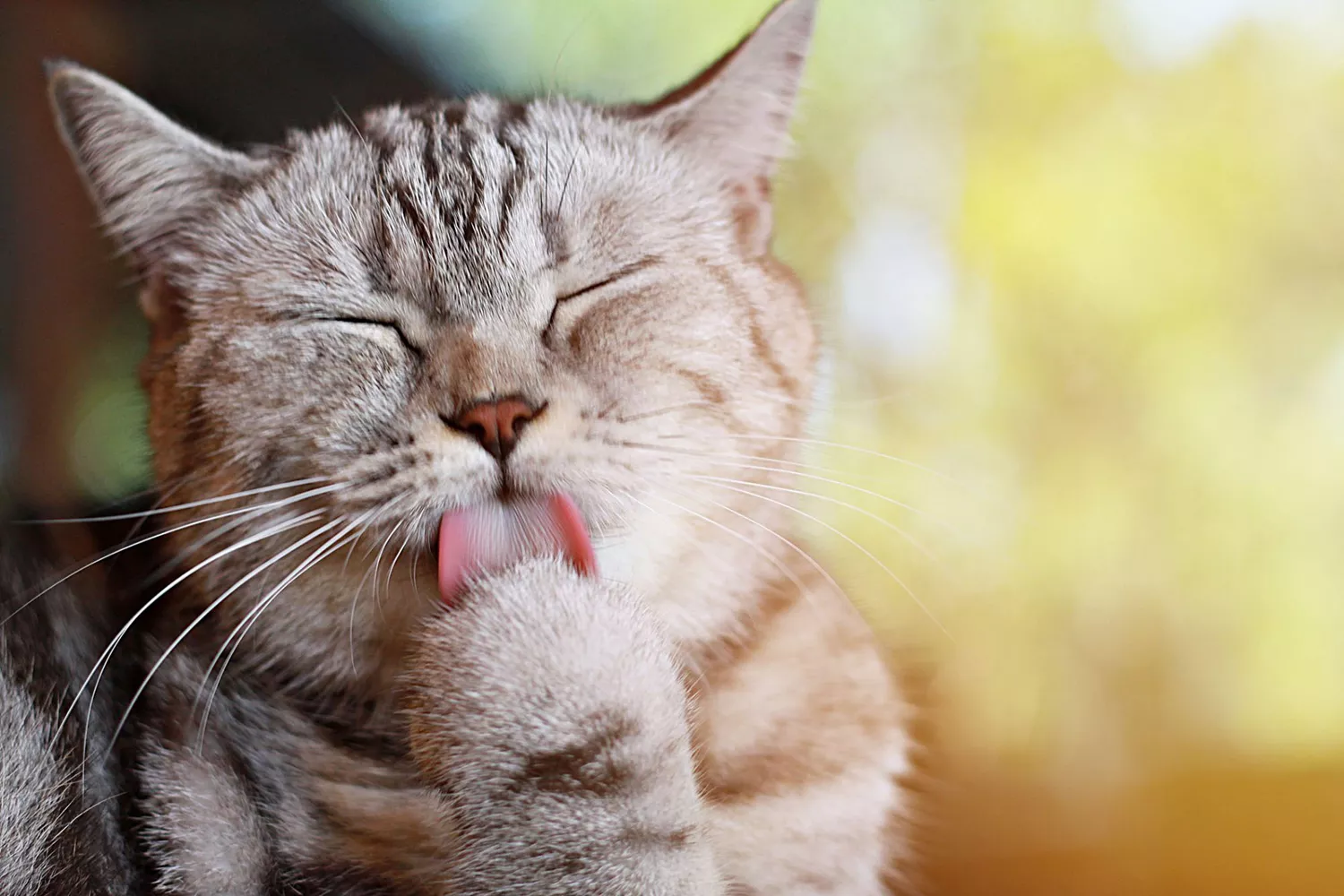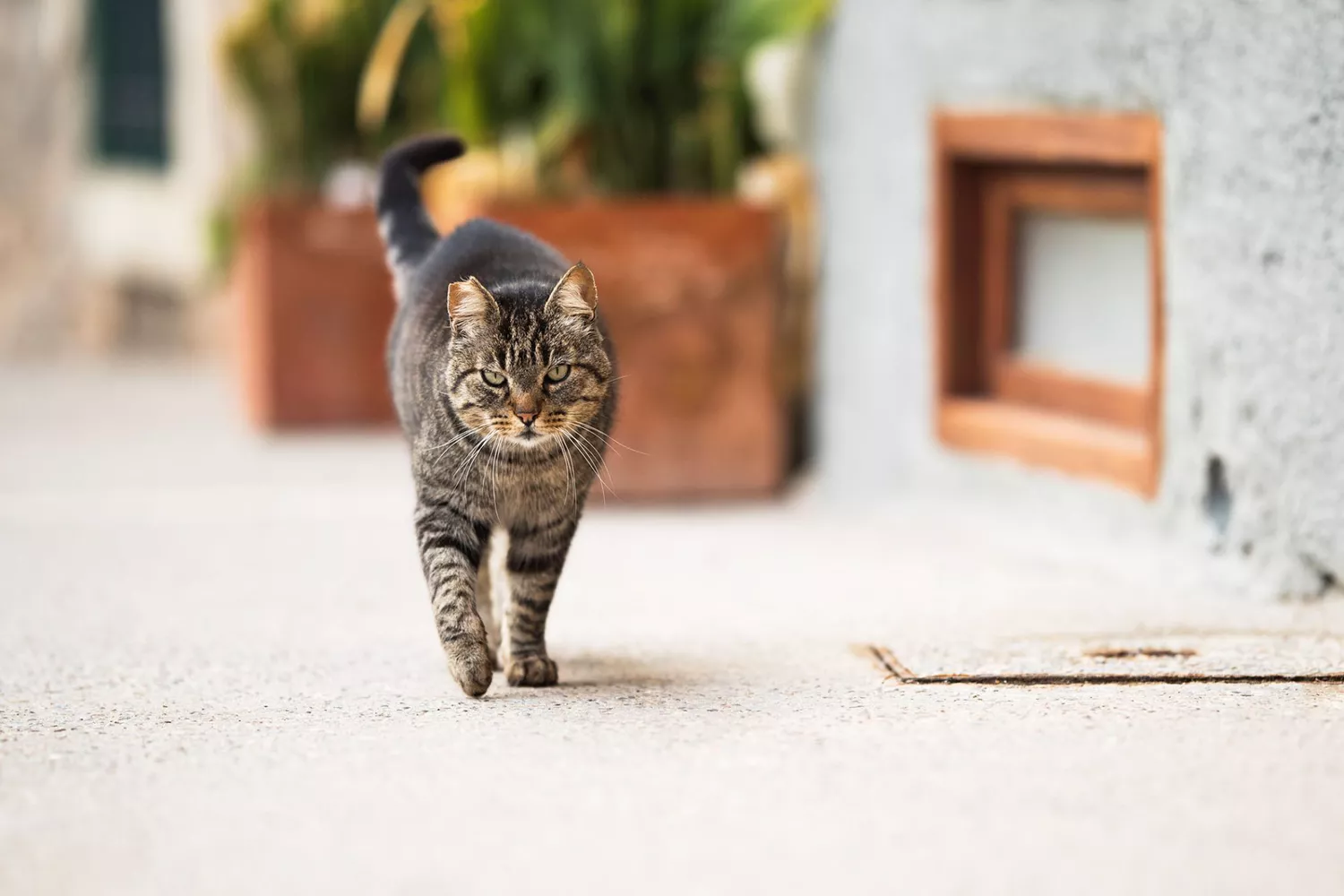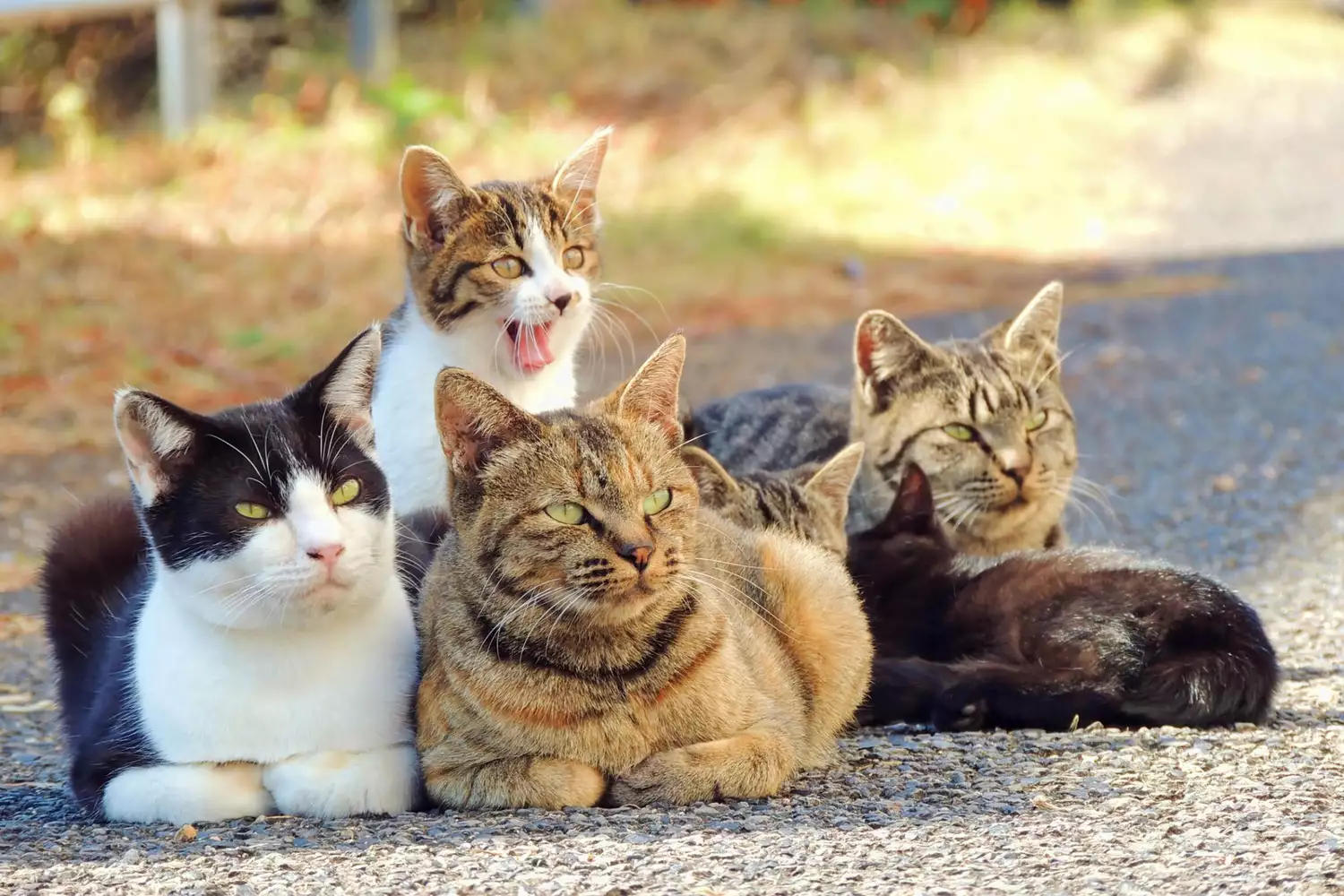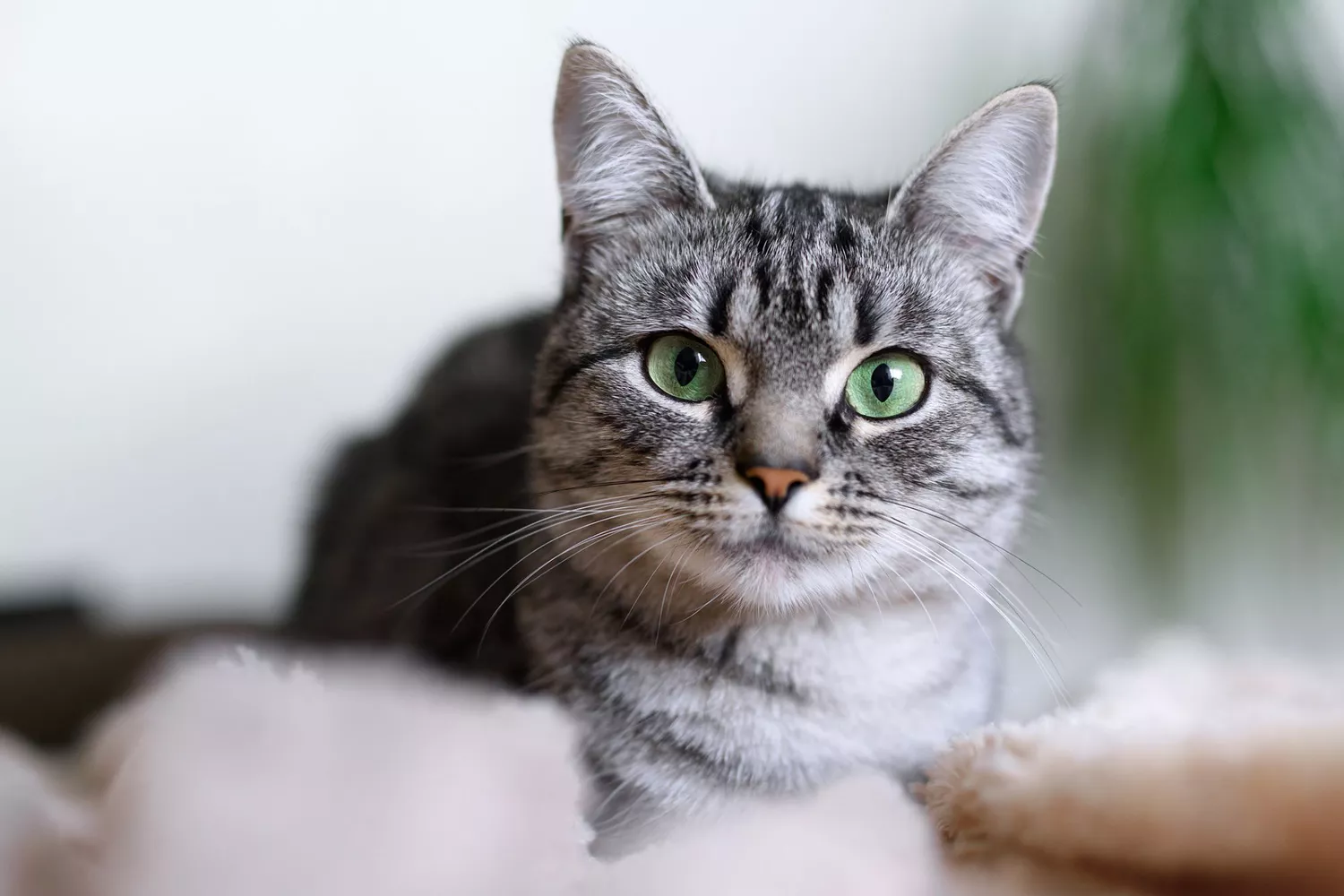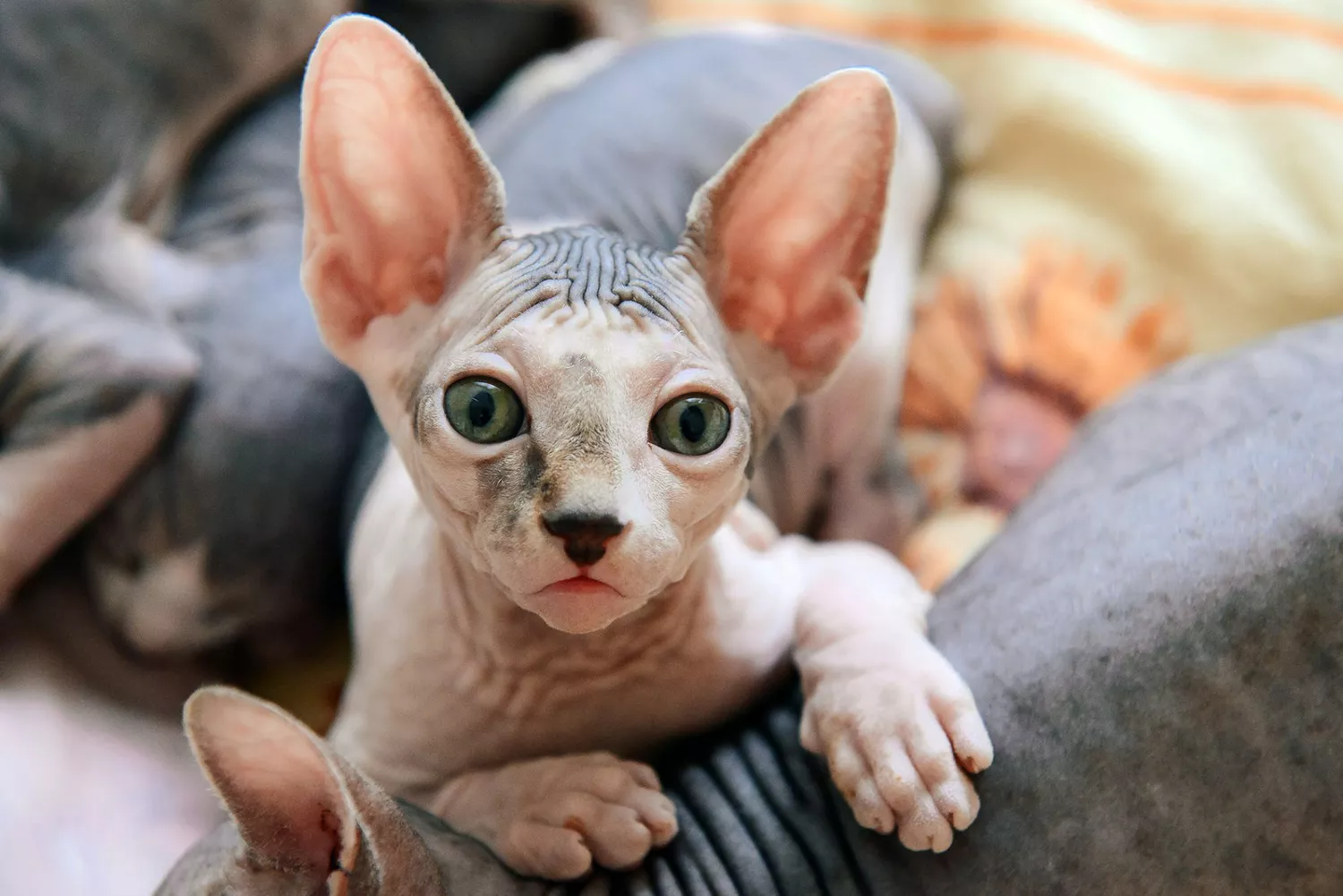
If you’re considering getting a feline however don’t want the duty of constantly vacuuming up hair, or recently watched Austin Powers and discovered yourself entranced by Mr. Bigglesworth– played by the exceptionally named Ted Nudegent– you sound like you’re thinking about embracing a hairless cat. And, if that holds true, you likely have your eye on a sphynx feline, the most common hairless feline type, according to Kirsten Kranz, the director and creator of Specialized Purebred Feline Rescue.
” It’s a wonderful type in its own way. I like them … however it’s a high-maintenance [feline],” says Kranz, who owns 3 sphynx cats.
However as appealing as these furless felines may be, they do have some particular care requirements and distinct characters that won’t make them a suitable for everyone. Here’s what else you ought to know prior to bringing house a new wrinkly, bald buddy.
Hairless Cats Aren’t Hypoallergenic
Lots of allergy patients want an animal– this author among them– however a hairless cat isn’t a simple way out. Having little to no hair to shed is valuable, but hairless felines still produce the common allergen found in dander and saliva.
Kranz states individuals will sometimes turn sphynxes over to her rescue because of their extreme allergies. Individuals can react to irritants in felines’ skin, and hairless cats are almost nothing but skin.
” There are a lot of elements to allergic reactions,” she says.
If you experience allergic reactions with a hairless feline in your house, you can follow Cats Protection’s ideas on coping with a cat: making your bed room a cat-free zone, washing your hands after touching the cat, and eliminating furniture and carpets that “trap” allergens.
Hairless Cat Breeds
While the sphynx is the most popular hairless type, it’s barely the only one. Here’s a fast rundown of all the breeds of hairless felines for your perusal:
Sphynx
We’ve covered them already, but one more fun fact: Sphynx felines will sometimes grow a very fine layer of hair, comparable to peach fuzz.
Peterbald
Peterbald cats can use a variety of coat types, and their bones are a bit more delicate than the sphynxes, Petfinder says.
Donskoy
A Peterbald-Siamese blend with webbed toes that shares their personality with the sphynx.
Minskin
Tiny legs! These are a mix in between a sphynx, munchkin, Burmese, and Devon rex breeds and will frequently have more hair on their face and legs.
Fairy Cat
If you have your heart set on naming your cat Dobby, this is your best bet. A mix in between the sphynx and American curl.
Dwelf
A cross between a sphynx, munchkin, and American curl, a dwelf has short legs to go with their peach-fuzz hair.
Ukrainian Levkoy
This cross in between donskoy and Scottish fold cats, this hairless kitty’s hallmark is her folded ears.
Bambino
Another member of the tiny-legs club, Bambinos are a cross in between the munchkin and sphynx types. They’re similar to minskins however not quite the same.
Hairless Cats’ Personalities
As a mama to three sphynxes, Kranz is an expert in taking care of “extremely, really active” hairless felines. “These guys are quite a different sort of personality,” she states.
Many cats are considered low-maintenance animals, particularly when compared to pet dogs, however the sphynx personality is more on the pet side of the spectrum: “very hectic,” Kranz says.
The sphynx has been referred to as a “snuggly and caring” cat who always wishes to be near you. They’ll follow you from space to space to “help” with whatever you’re doing.
They’re definitely fun, Kranz states, however they aren’t for everyone.
Caring for Your Hairless Cat
Online, owners of hairless cats will see lots of recommendations to shower their cats regularly to prevent the buildup of skin oils. However, too many baths can dry your cat’s skin out, Kranz says.
She hardly ever showers her sphynxes, choosing to wipe them down if they get oily. Nutritious, premium food will assist keep their skin from getting oily, she states. It’s a mistaken belief that you need to constantly wash them.
Kranz states you should be sure your vet is familiar with hairless types and their treatment. You’ll want to seriously consider pet insurance, too, due to the fact that they can have unique medical needs.
The best-equipped owners of hairless cats are ones who’ve owned felines before, have done their research, and have adequate cash to provide for their cat, she says.
Many people aren’t as prepared. They’ll see one on television– possibly when Rachel Green brought house Mrs. Whiskerson– and after that try to adopt one, Kranz says. “It’s the novelty factor more than anything else,” she says.








